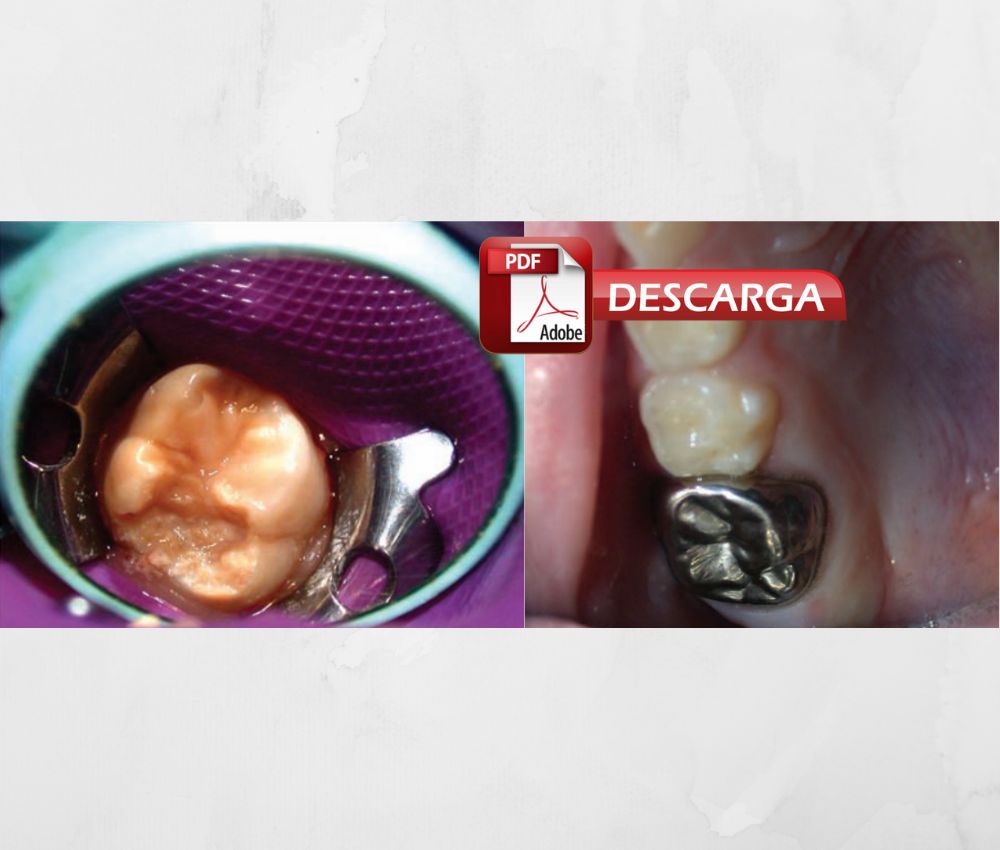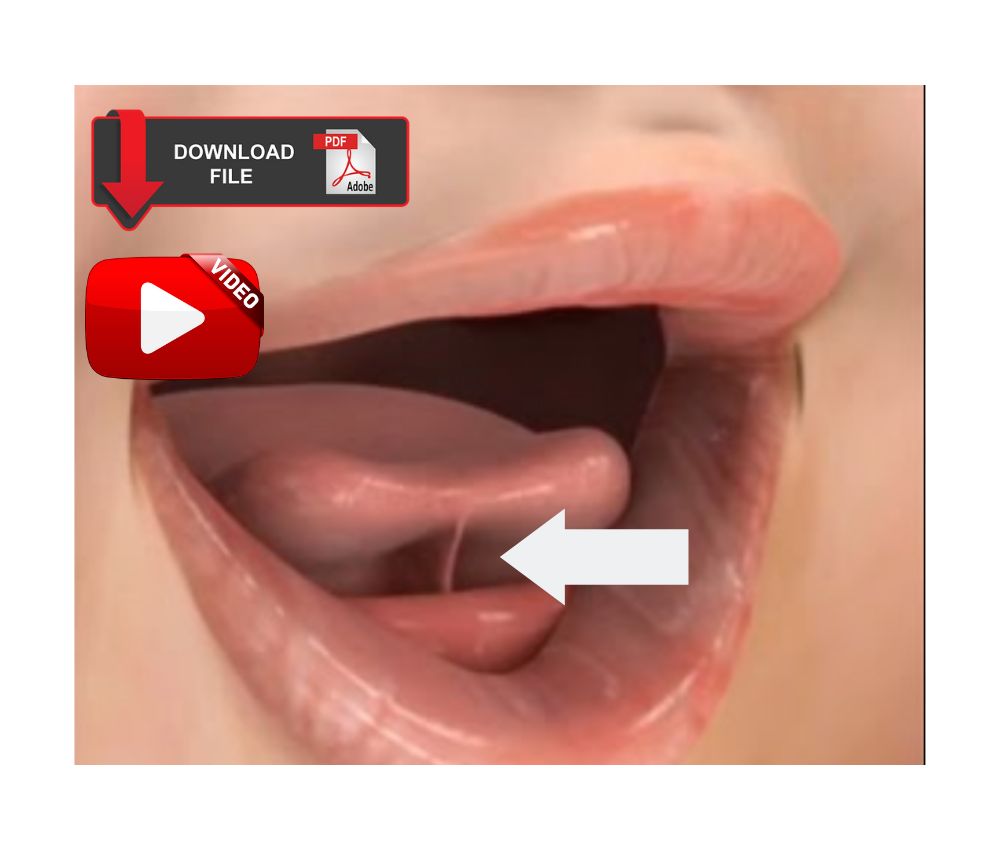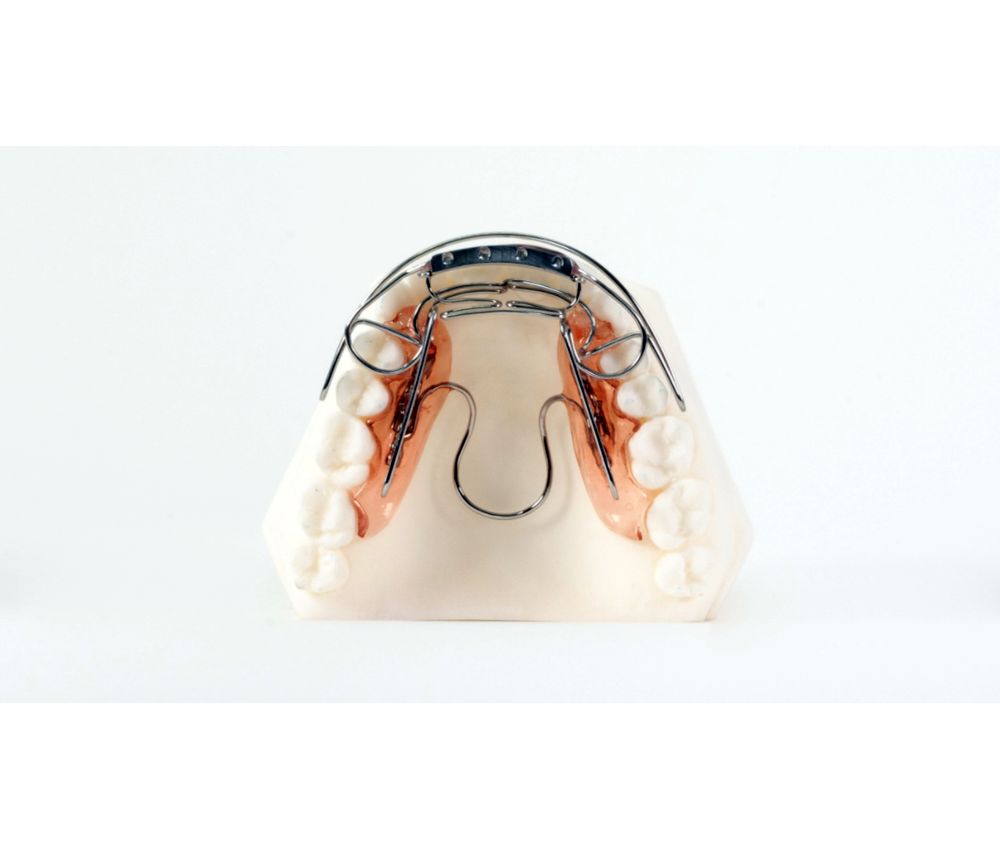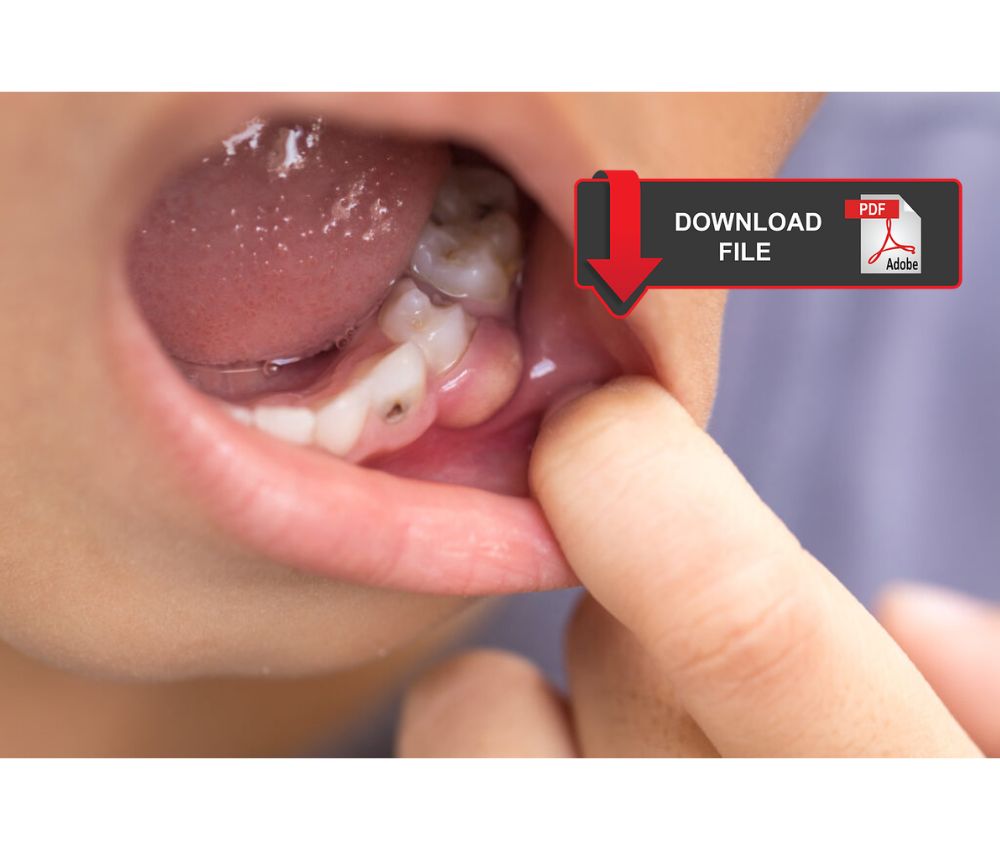La Hipomineralizacion Incisivo Molar (HIM) es un defecto cualitativo del esmalte que afecta a las molares e incisivos permanentes. Las posibles causas del HIM son genéticos, ambientales o por enfermedades sistémicas en la primera infancia.
Clínicamente se puede observar a una pieza dental con un esmalte frágil y poroso, de diferentes tonalidades de color (blanco/marrón/amarillo). La presencia de esta alteración predispone a un mayor riesgo de caries y sensibilidad dental.
Enlaces Patrocinados
Compartimos las características clínicas, prevención, diagnóstico y tratamiento de la Hipomineralización Incisivo Molar, y la presentación de una alternativa para la rehabilitación de las molares en un paciente pediátrico.
ARTÍCULO RECOMENDADO
Tratamiento en casos de Hipomineralización Incisivo - Molar. Abordaje preventivo y rehabilitador
Alfaro Alfaro, Ascensión, Castejón Navas, Isabel, Magán Sánchez, Rafael, & Alfaro Alfaro, M.ª Jesús. (2018). Síndrome de hipomineralización incisivo-molar. Pediatría Atención Primaria, 20(78), 183-188. Recuperado en 20 de septiembre de 2022, de http://scielo.isciii.es/scielo.php?script=sci_arttext&pid=S1139-76322018000200012&lng=es&tlng=es.
Pineda-Molinero E, Soto-Flores M. Coronas de zirconia: una opción de tratamiento para molares primarios con hipomineralización. Oral. 2018;19(59):1581-1585.
👉ADEMÁS, VEA EL VIDEO: Hipomineralización Incisivo Molar (HIM) - Ponente: Dra. Zaida Moya de Calderón
Fuente: Youtube / Colegio Odontológico de Arequipa
También te puede interesar :
► Hablemos sobre la Amelogénesis Imperfecta. Características clínicas y radiológicas - Tratamiento
► Alternativa en el tratamiento de la dentinogénesis imperfecta - Caso Clínico
► ¿Qué causa la erosión dental?














